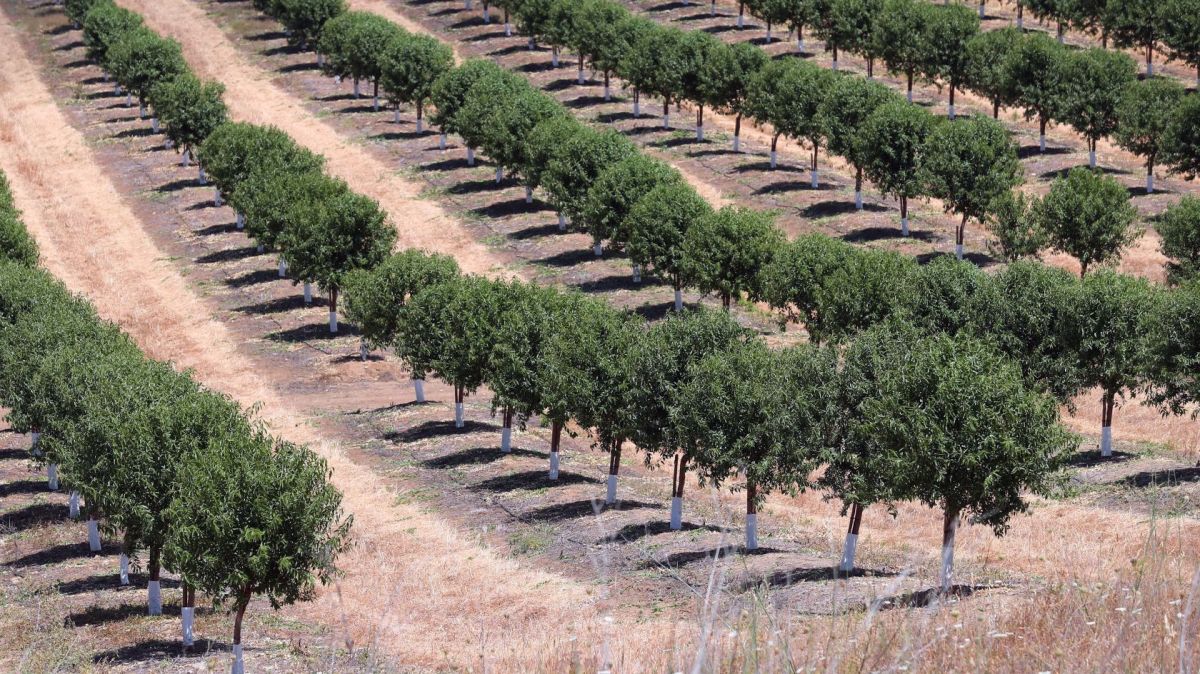Everyone has the odd candle lurking in case the power goes off, or for greasing the runners of the very drawer they might be hiding in, but early candles were made of wicks stuck into containers filled with a flammable material - the ones made by the Romans were made from rendered animal fat called tallow - it was cheap and easily available and was widely used for centuries.
All candles are made of wax but although candles may look very similar, different waxes have different properties, including burn time, smell, and soot emissions. Here’s the six most common ones:
Beeswax – Bees use it for their honeycomb hives and the wax is harvested at the same time as the honey. It has a naturally sweet scent from the honey and flowers, and its colour may vary. Due to the labor-intensive production, beeswax is often one of the most expensive waxes out there, and the natural colour makes it hard to dye.
Paraffin Wax - A by-product of petroleum, created by removing the waxy substance from crude oil, is what most candles are made from. Paraffin wax is cheap and holds both dyes and scents well. However, it’s not biodegradable or natural, and it’s made from a non-renewable resource, so many are avoiding it for environmental reasons. Heating paraffin wax releases soot and 11 known toxins — two of which are carcinogens — into the air. For these reasons, paraffin wax candles are starting to fall from favour.
Soy Wax – A natural product, like beeswax, but made from soya beans, more widely available and cheaper. It has a strong fragrance and burns for longer compared to paraffin wax. Soy wax candles also create less soot and emit fewer toxins when burned compared to paraffin wax. Soy wax has a naturally off-white colour but is easily dyed. It also has a lower melting point than many of the other waxes on this list, which makes it easier to burn in colder environments.
Coconut Wax - Like soy wax, coconut wax is all-natural and also derived from plants (no animals involved!). It can have a subtly sweet scent thanks to the coconut and also takes well to other scents. Coconut candles result in a slow, clean burn that lasts well with very little soot.
Palm Wax – This used to be an environmentally friendly, plant-based, alternative to paraffin, similar to soy and coconut wax, and is also a long-burning wax with a clean, low-soot flame. However, many people are now forgoing palm products, including palm wax, in favour of less environmentally destructive waxes.
Gel Wax – This isn’t wax at all, but a rubbery compound made of mineral oil and polymer resin. Gel wax is clear with a unique look and holds both scent and dyes well. However, not all fragrances are gel-safe, which limits the scents that are available. Gel wax also burns hot and can cause poorly-made or thin glass containers to explode.

Tips to make a candle last longer
Have you ever had a candle that became more and more lopsided as it burned down, leaving you with nubby, waxen walls encircling a burned-out crater? The leftover wax signals that you didn’t get all the best from your candle.
Put the candle in the freezer – By doing so, you are hardening the wax, which makes it melt more slowly and therefore last longer. You can store all unused candles in there if you have the space.
Sprinkle salt into the liquid wax of the candle – into the pool of wax that collects round the wick after a few minutes. Blow out the flame, and quickly sprinkle table salt into the liquid wax, and ensure that the salt mixes into the wax and doesn’t merely sit on the surface - this will help prolong the life of the candle and prevent the wax from dripping.
How dim the world must have been before electricity – even a good candle provides barely a hundredth of the illumination of a single 100-watt light bulb – but with the price of electricity going up, we might have to go back to using them!
Marilyn writes regularly for The Portugal News, and has lived in the Algarve for some years. A dog-lover, she has lived in Ireland, UK, Bermuda and the Isle of Man.

















